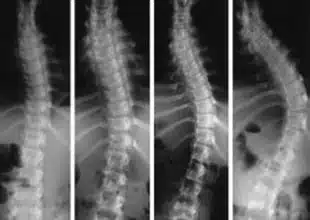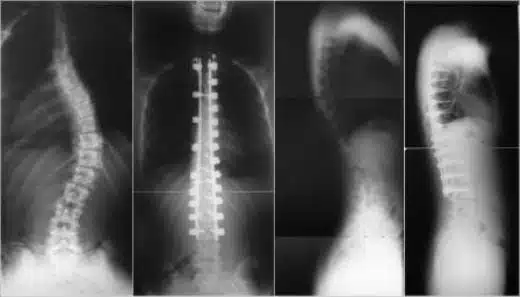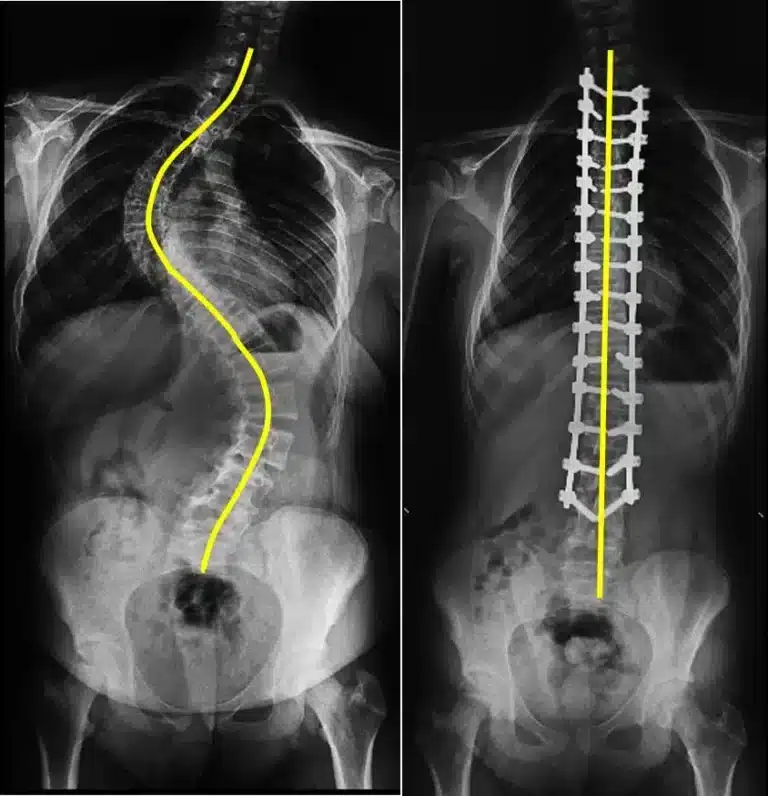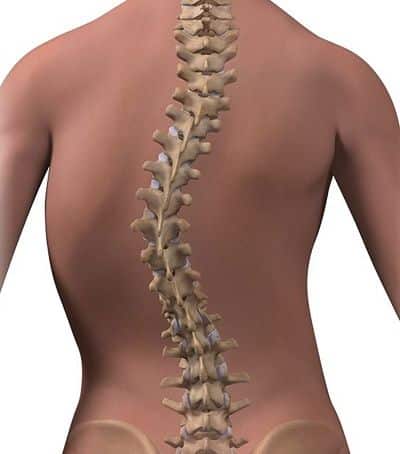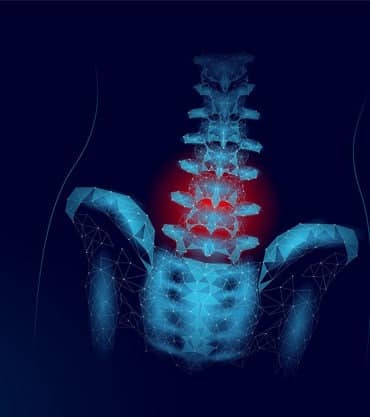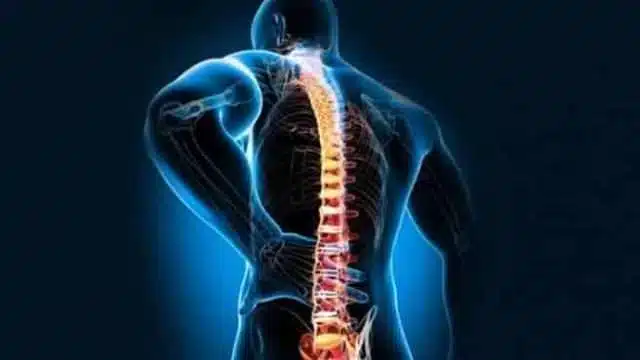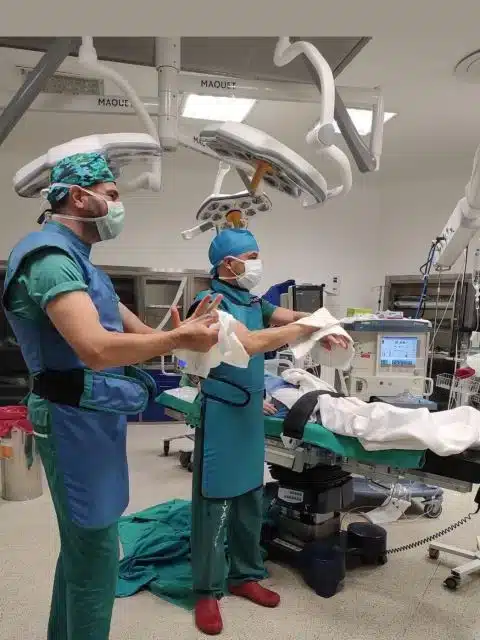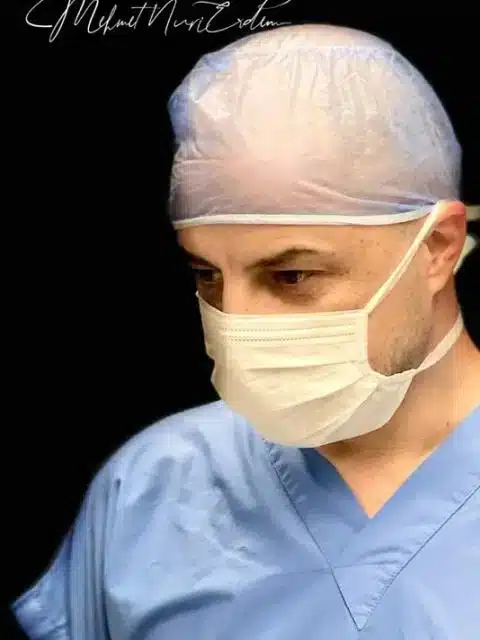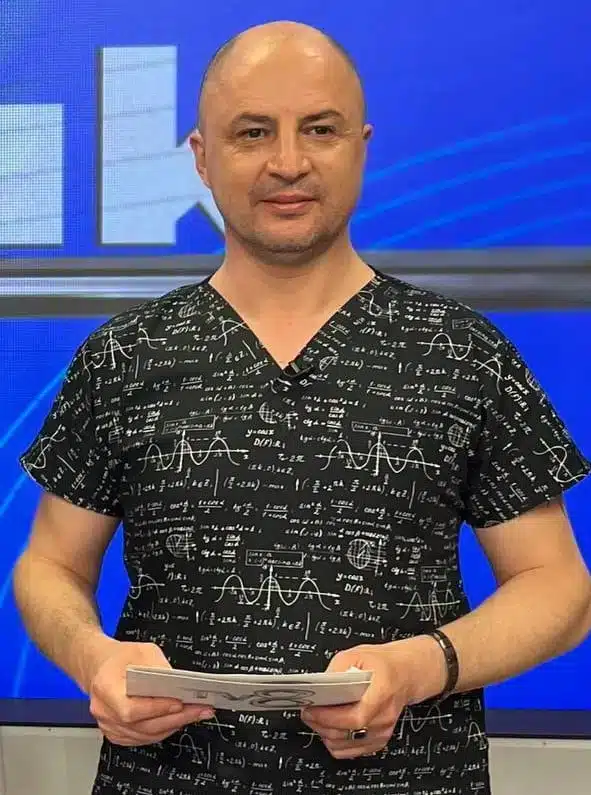Scoliosis, by its simple definition, is the lateral curvature of the spine when viewed from the opposite side.
Although it is gathered under a single title with the name of ‘scoliosis’, in fact, the classification of scoliosis consists of many subtypes.
The most common of these is idiopathic scoliosis, the cause of which is unclear. In other types, there is an underlying disease that causes scoliosis.
Idiopathic scoliosis is divided into three main types according to the age of onset.
Recently, two new classifications have been made in the literature as ‘early’ and ‘late-onset’ scoliosis.
Scolioses under the age of 10 are called Early Onset Scoliosis, and those over the age of 10 are called Late Onset Scoliosis.
The following table contains a classification of all scoliosis types. All of these types have their own characteristics and treatment methods.
Classification
Idiopathic
- Infantile (0–3 years)
- Juvenile (4–10 years)
- Adolescent (11 years and older)
Congenital
1.Osteogenic
-
- Formation defect: Wedge or hemivertebra
- Segmentation defect: Unilateral bar or bilateral block vertebra
2. Neuropathic
-
- Tethered cord
- Syringomyli
3. Chiari malformation
-
- Diastematomyelia
- Meningo(myelo)cele
Neuromuscular
1.Neuropathic
-
- Upper motor neuron diseases: Cerebral palsy, spinocerebellar degeneration
- Lower motor neuron diseases: Poliomyelitis
2. Myopathic
-
- Duchenne muscular dystrophy
3. Developmental Syndromes
-
- Skeletal dysplasias: eg. osteogenesis imperfecta
- Skeletal dysostoses: eg. neurofibromatosis
4. Tumor related
-
- Vertebral
-
-
- Osteoid osteoma
- Osteoblastoma
-
2. Intraspinal
-
-
- Intramedullary: eg. astrocytoma
- Extramedullary, eg. neurofibroma
-
3. Infection
-
-
- Tuberculosis
-

